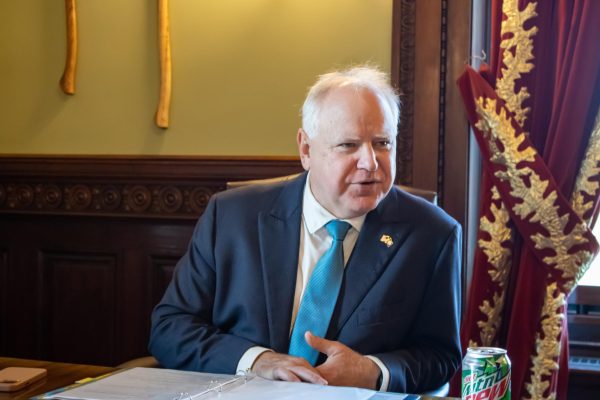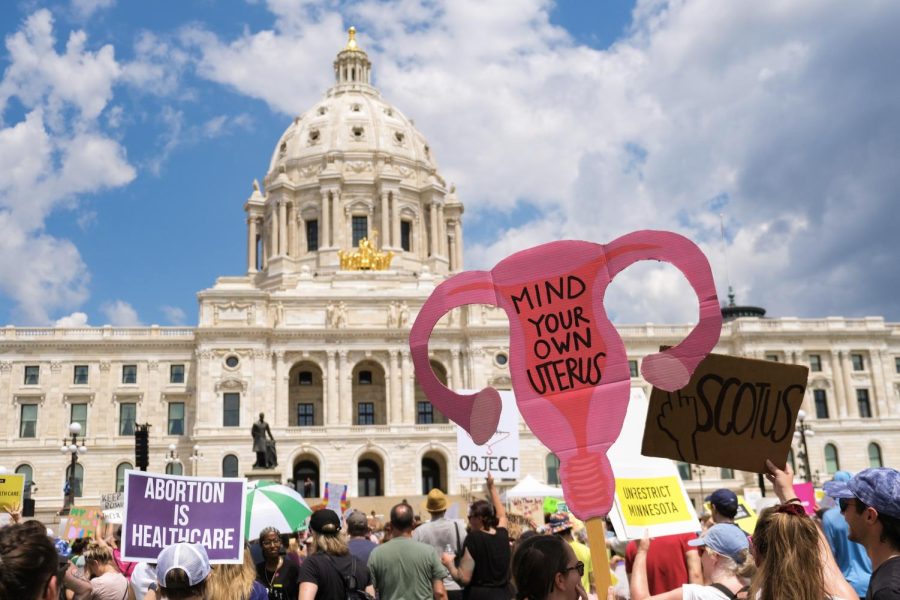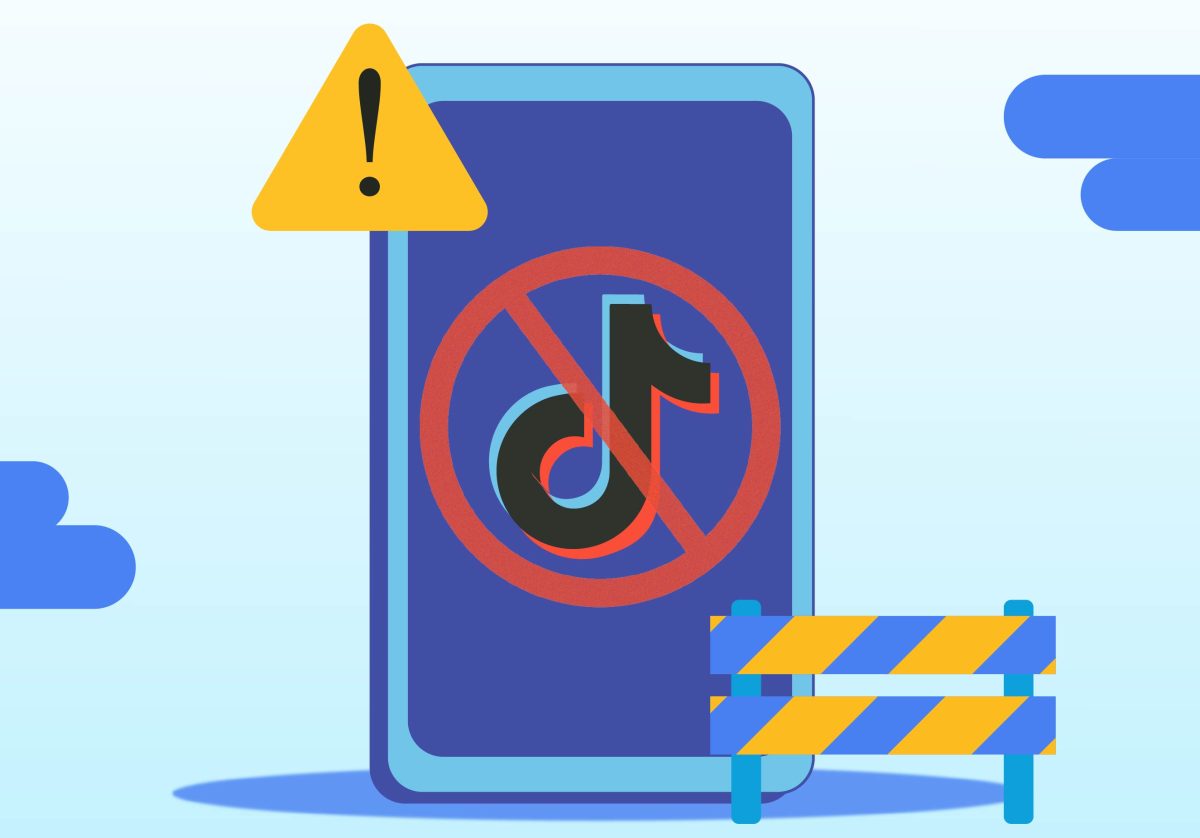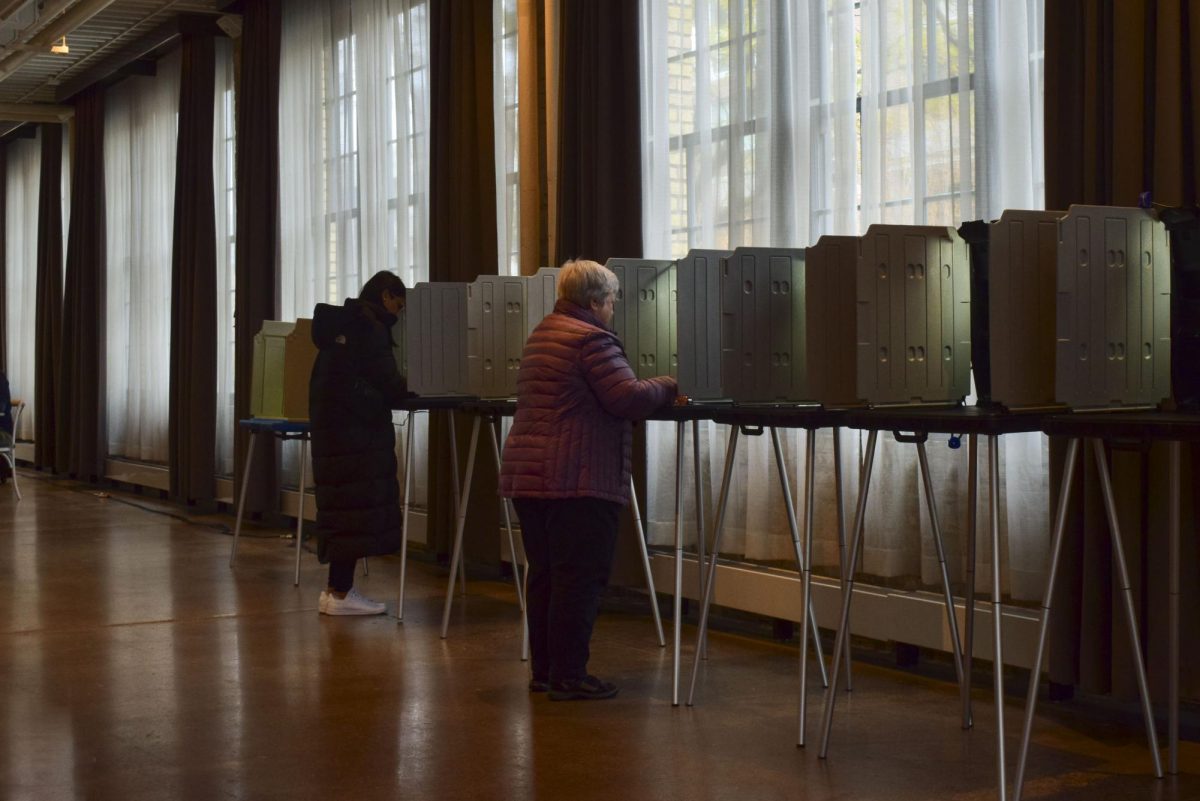All the fuss over health care may have caused fewer people to notice the student loan reform that passed alongside the overhaul. Beginning July 1, 2010, the new law will require all colleges and universities to switch to the Direct Loan Program, meaning students will receive federal student loans directly from the U.S. Department of Education. The change wonâÄôt mean much for the University of Minnesota because itâÄôs already on the program, which is more efficient and less expensive, Kris Wright, director of the Office of Student Finance, said. But about 69 percent of all federal student loans are still funded by banks or nonprofit organizations, through a program called the Family Federal Education Loan. In this format, third parties act as middlemen, getting money from the government to give to schools. For every $100 lent on the direct loan program, it costs taxpayers $1 âÄî but on FFEL, it costs about $10, Wright said. Making the switch to Direct Loans is not a major administrative hassle and can be done in three days, Wright said. The estimated $67 billion saved from the switch will go toward the Federal Pell Grant Program, which will receive an additional $36 billion over a 10-year period. âÄúThis is a great thing for students,âÄù Wright said. But much of the money will go toward reducing PellâÄôs deficit, Haley Chitty, spokesman for the National Association of Student Financial Aid Administrators, said. âÄúThere really is a need for Pell Grant funding,âÄù he said, âÄúand with the tight budget Congress is facing, this is one way to shore up the program.âÄù The majority of the money saved will benefit Pell-eligible students. âÄúThe core of the investment âĦ is for the students who are Pell-eligible, to expand the number of students and expand the size of the grants,âÄù Democratic National Committee Chairman Tim Kaine said during a conference call with the press. Although he is not Pell-eligible, University student Jake Breedlove with Students Organizing for America supports the changes. âÄúThey said, âÄòNobody should go broke for health care.âÄô Nobody should go broke paying for college, either,âÄù Breedlove said. Some groups have expressed concern over job losses among banks and nonprofits, but in a conference call with reporters, Domestic Policy Council Director Melody Barnes said she thinks the switch will bring jobs back to the United States. Although the loans will originate through the Direct Loan Program and the Department of Education, they will be serviced by private lenders. A provision in the bill ensures that Direct Loans are serviced by workers in the United States. The reform also tweaks Income-Based Repayment, a program that makes college loan payments affordable through payment caps. Beginning July 1, 2014, new borrowers will qualify for the program if their repayment is more than 10 percent of their income, reduced from the current 15 percent. Loan forgiveness under the program will kick in after 20 years, rather than the current 25, for borrowers who consistently make their monthly payments on time. Additionally, the loans will be forgiven after 10 years for participants in the Direct Loan Program who pursue public service careers as teachers or work with nonprofit organizations. Funding for the College Access Challenge Grant Program, a partnership between organizations and the government that matches grants for low-income students, will increase to $150 million per year in 2014. University President Bob Bruininks released a statement praising the student loan reform. âÄúThis legislation shows our nationâÄôs promise: a serious, 10-year commitment to the Pell Grant in what is projected to be an increasingly difficult domestic funding environment.âÄù
Fed. student loan funding reformed
College students will receive loans directly from the U.S. Dept. of Ed.
Published March 31, 2010
0
More to Discover







